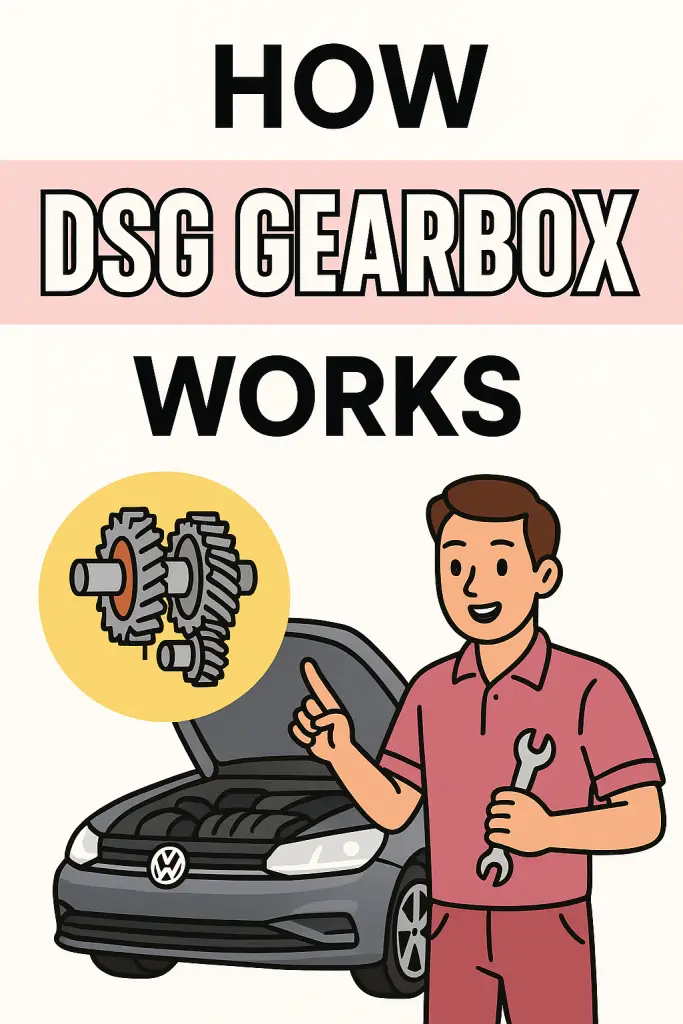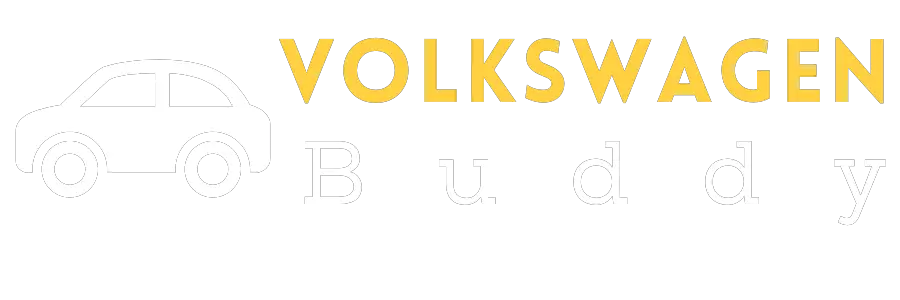How DSG Gearbox Works – A Friendly Gearhead’s Guide

Why You’re Here (and Why I’m Excited)
If you’ve ever put your foot down in a Volkswagen, Audi, Skoda, or SEAT and felt that lightning-fast, butter-smooth shift, you’ve already experienced the magic of a DSG gearbox. And if you’ve wondered “Wait… how the heck does this thing shift so quickly?”, you’re in the right place.
I’ve been in your shoes. First time I drove a VW GTI with a DSG, I thought it had some kind of witchcraft under the hood. No lag, no jerk—just gear changes so quick you barely notice them. And trust me, once you get it, you get it.
Let’s break down the wizardry—without the engineering textbook jargon.
What Is a DSG Gearbox?
DSG stands for Direct-Shift Gearbox.
It’s a dual-clutch transmission designed to shift gears faster and more efficiently than traditional manuals or automatics.
- Dual Clutch? Yep, two clutches. One for odd gears (1, 3, 5, 7) and one for even gears (2, 4, 6, reverse).
- Automatic & Manual Hybrid: You can leave it in automatic mode or take control with paddle shifters.
- Faster Shifts: We’re talking milliseconds—literally faster than a human could ever shift.
In short: DSG combines the best of both worlds—manual performance and automatic convenience.
How It Works – The Simple Version
Two Clutches, Two Gear Shafts
Think of it like this:
- Clutch #1: Handles 1st, 3rd, 5th, and 7th gears.
- Clutch #2: Handles 2nd, 4th, 6th, and reverse.
While you’re driving in one gear, the next gear is already pre-selected on the other clutch. So when you shift, the system just swaps clutches—bam—instant gear change.
Pre-Selection = Zero Lag
Because the next gear is waiting in the wings, there’s no pause, no hunting, no drama.
The change is seamless.
The Main Components (Without Overcomplicating)
Here’s what’s going on inside:
- Dual Clutches – One for even gears, one for odd.
- Input Shafts – Two concentric shafts carrying the gears.
- Mechatronic Unit – The brain that controls the clutches and gear selection.
- Gear Sets – The actual gears doing the work.
- Hydraulic System – Powers the clutches and shifting.
- Transmission Control Unit (TCU) – The computer brain making microsecond decisions.
Pro Tip: If you hear “mechatronic unit” in a repair shop, that’s the pricey part you want to avoid replacing if possible.
Step-by-Step: What Happens When You Shift
In Automatic Mode:
- You’re in 2nd gear.
- DSG already has 3rd gear ready on the other clutch.
- You accelerate, the system decides it’s time—swap clutches instantly.
- Boom, you’re in 3rd. No lag.
In Manual/Paddle Shift Mode:
- You pull the paddle.
- TCU gets the signal, swaps clutches instantly.
- You feel like a racing driver without heel-and-toe downshifts.
Why DSG Feels So Good to Drive
- No Power Loss: Unlike traditional automatics, power flow is almost constant.
- Lightning Speed: We’re talking shifts in 8–200 milliseconds.
- Fuel Efficiency: Faster shifts can mean better fuel economy.
- Driver Engagement: Manual control without clutch pedal fatigue.
DSG vs Traditional Automatic
| Feature | DSG Gearbox | Traditional Automatic |
|---|---|---|
| Shift Speed | Extremely fast (milliseconds) | Slower (hydraulic delay) |
| Fuel Efficiency | Better in most cases | Usually less efficient |
| Driving Feel | Sporty, connected | Smooth, but less engaging |
| Maintenance | More complex (dual-clutch) | Simpler, often more reliable |
Types of DSG Gearboxes
There’s more than one DSG out there. Different models for different engines and torque outputs.
- DQ200 – 7-speed dry clutch (small engines, FWD cars)
- DQ250 – 6-speed wet clutch (more torque, common in GTIs)
- DQ381/DQ500 – 7-speed wet clutches (high torque, AWD cars)
- DL501 – 7-speed wet clutch for longitudinal engines (Audi Quattro systems)
Why it matters: Maintenance intervals and driving characteristics change depending on which DSG you have.
The Science Behind the Smoothness
Torque Transfer
One clutch disengages exactly as the other engages, meaning no jerky motion.
Gear Pre-Selection
The TCU predicts your next move based on throttle position, speed, and driving mode.
Adaptive Learning
DSG “learns” your driving style. Aggressive? It’ll hold gears longer. Chill driver? It’ll upshift earlier for economy.
Downsides You Should Know
I love DSG, but it’s not perfect.
- Maintenance Costs: Needs regular oil changes for longevity.
- Mechatronic Failures: Expensive if it goes wrong.
- Judder in Traffic: Some drivers notice low-speed hesitation.
- Not Great for Heavy Towing: DSG prefers spirited driving, not constant strain.
Maintenance Tips for a Happy DSG
- Service the Gearbox on Time – Usually every 40,000 miles for wet-clutch types.
- Use the Right Oil – Only manufacturer-approved DSG fluid.
- Avoid Overheating – Don’t ride the brake/clutch in traffic.
- Gentle at Low Speeds – Helps prevent judder.
- Listen for Changes – Weird noises or rough shifts? Get it checked early.
Fun Fact: DSG in Motorsports
VW Group uses DSG tech in performance cars because it’s faster than manual and more consistent.
In pro racing, every millisecond counts—DSG delivers the same shift speed every time.
Who Should Get a Car with DSG?
- Performance Enthusiasts – Love manual feel but want convenience.
- Daily Commuters – Smooth and efficient in traffic.
- Weekend Warriors – Track days without heel-toe gymnastics.
If you want a blend of speed, smoothness, and modern tech, DSG is a no-brainer.
Common Myths About DSG
- “It’s just like a normal automatic” – Nope. Totally different inside.
- “DSG isn’t reliable” – Depends on maintenance and version.
- “Manual is always faster” – Maybe for pro drivers, but DSG beats most humans.
Quick Pros & Cons Recap
Pros:
- Insanely quick shifts
- Great fuel economy
- Engaging drive
Cons:
- Higher maintenance costs
- Complex repairs if it fails
- Low-speed quirks
Conclusion – The DSG Experience
So, now you know how a DSG gearbox works—two clutches, two shafts, one brain making split-second decisions. It’s an engineering marvel that gives you the speed of a race car and the comfort of an automatic.
If you treat it right—regular services, gentle low-speed handling—it’ll reward you with years of smooth, quick gear changes that make you smile every time you drive.
Next time someone asks, “What’s so special about DSG?”, you can tell them:
“It’s like having two gearboxes in one… and they’re both faster than you.”






